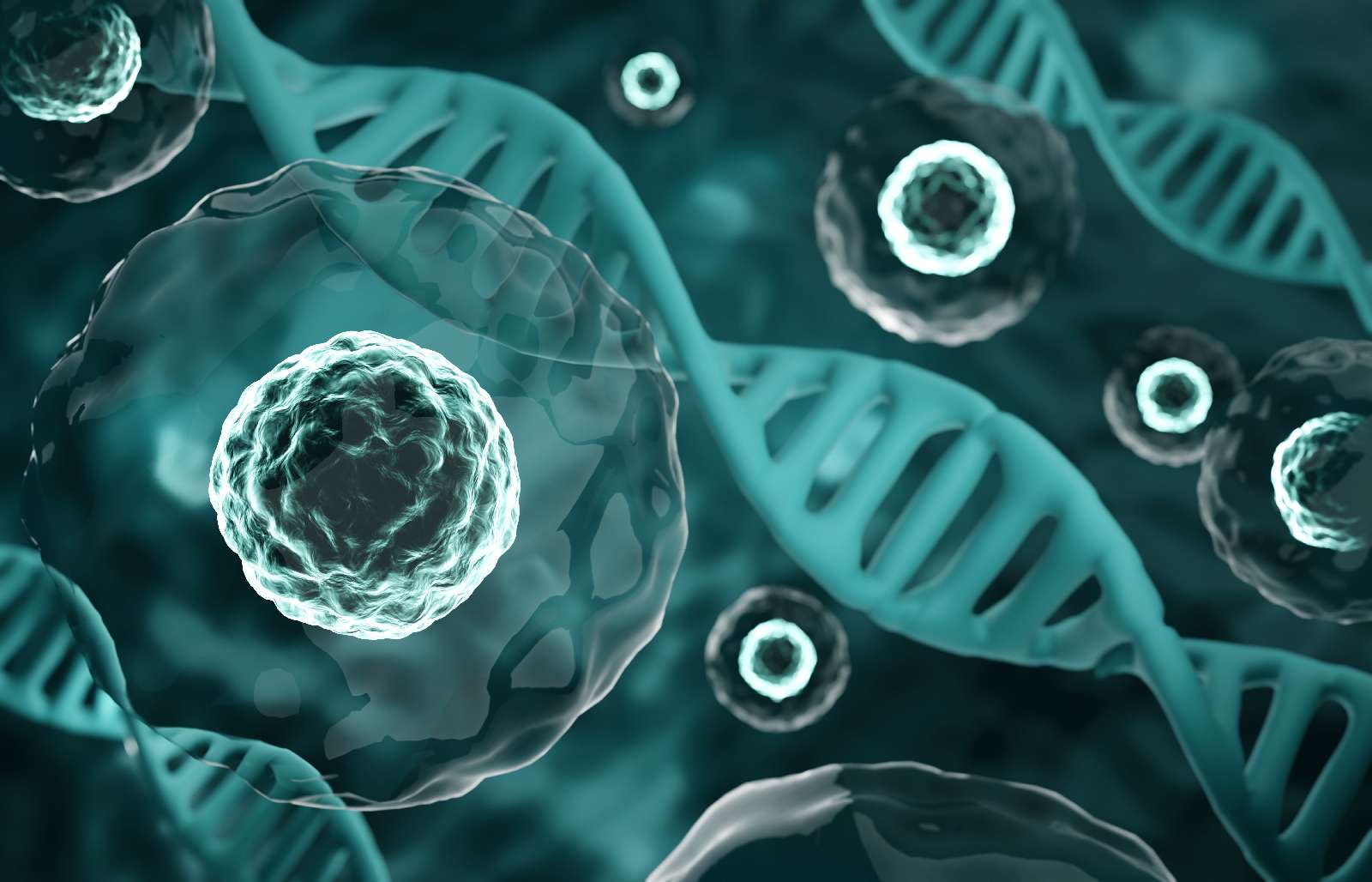
For centuries, medicine focused on treating symptoms or managing damage once injury or disease took hold.
Modern regenerative therapies aim to flip that model, restoring lost tissues instead of merely compensating for them.
These new techniques promise not just healing but biological rebirth across multiple organ systems.
Stem cells, tissue engineering, and gene therapies converge in a field redefining medical possibilities and patient expectations.
However, progress unfolds unevenly, with breakthroughs, setbacks, ethical debates, and technical challenges shaping the journey forward.
Understanding regenerative medicine means exploring biological processes that existed long before human interventions began.
This leap asks whether we can trigger dormant healing powers inside ourselves to rebuild what disease destroys.
For centuries medicine focused on treating symptoms or managing damage once injury or disease took hold
Traditional healthcare models revolved around diagnosing problems and alleviating their visible or painful consequences.
Antibiotics, surgeries, and drugs stopped deterioration or relieved suffering but rarely reversed biological damage fully.
A fractured bone might heal, but a damaged spinal cord remained irreparable despite best surgical efforts.
Chronic illnesses required lifelong management strategies without genuine prospects for cure or tissue restoration.
Organ transplants offered limited salvation, bounded by donor shortages and lifelong immunosuppression burdens.
Medical ambition has always sought ways not just to slow decline but to rebuild vitality authentically.
Modern regenerative therapies aim to flip that model restoring lost tissues instead of merely compensating for them
Rather than replacing function with mechanical devices or chemical support, regenerative approaches rebuild native structures.
The idea is not to bandage wounds indefinitely but to reactivate biological repair programs lying dormant.
Stem cells differentiate into needed tissue types, reconstructing skin, heart muscle, cartilage, or neurons from scratch.
Scaffold materials support cellular growth, guiding tissue regeneration toward organized, functional outcomes.
Gene editing corrects mutations at their origin, preventing cellular malfunctions before disease manifests visibly.
This transition reimagines medicine as an architect of healing, not merely a firefighter against biological collapse.
These new techniques promise not just healing but biological rebirth across multiple organ systems
Liver tissues damaged by hepatitis, heart muscles scarred by infarctions, and cartilage worn by arthritis face new hope.
Regenerative therapies aim to replace, not just repair, these damaged tissues with functional, living counterparts.
Early successes in animal models and pilot human trials hint at the feasibility of such transformations.
Organs once viewed as permanently lost could, in future decades, become targets for regeneration, not transplantation.
Full organ bioengineering remains distant but progresses yearly through advances in stem cell manipulation and bioprinting.
Each small step forward reshapes medical expectations and strategic visions for chronic disease management.
Stem cells tissue engineering and gene therapies converge in a field redefining medical possibilities and patient expectations
Stem cells provide versatile raw material capable of transforming into virtually any specialized tissue type.
Tissue engineering combines cellular biology with materials science to create supportive frameworks for new tissue growth.
Gene therapies intervene at the genetic code level, correcting errors or enhancing regenerative capacity directly.
Individually powerful, these technologies together accelerate possibilities beyond isolated laboratory curiosities.
Patients once offered only symptom control now glimpse futures where damaged organs repair themselves.
Managing these expectations responsibly requires careful balance between hope, realism, and scientific caution.
Understanding regenerative medicine means exploring biological processes that existed long before human interventions began
Salamanders regrow lost limbs; zebrafish reconstruct damaged hearts effortlessly.
These natural regenerative abilities inspired scientists to ask why humans lost similar capabilities.
Evolutionary trade-offs between rapid healing and cancer suppression likely influenced diminished human regenerative capacity.
Understanding how certain species regenerate guides the development of interventions attempting to unlock dormant pathways in humans.
Rather than inventing entirely new processes, regenerative medicine often seeks to reactivate forgotten biological scripts.
Harnessing innate healing potentials demands mastery of complex cellular signaling systems and microenvironmental factors.
This leap asks whether we can trigger dormant healing powers inside ourselves to rebuild what disease destroys
Adult human tissues retain limited regenerative abilities under specific conditions, such as liver regrowth after partial removal.
Regenerative medicine aims to expand these intrinsic capacities through molecular signaling manipulation and cellular reprogramming.
Unlocking such pathways without triggering uncontrolled growth or malignancy remains a major research challenge.
Some therapies use external scaffolds or biochemical cues to coax cells into structured regrowth patterns.
Others attempt direct cellular reprogramming, converting one mature cell type into another more urgently needed form.
Balancing regenerative ambition with biological risk management defines the frontier of therapeutic exploration.
Traditional healthcare models revolved around diagnosing problems and alleviating their visible or painful consequences
Antibiotics reduced infections; insulin controlled diabetes symptoms; prosthetics compensated for amputated limbs.
Yet none reversed the original biological damage driving these conditions forward beneath surface appearances.
This management-oriented approach prolonged life and reduced suffering but accepted ongoing degeneration as inevitable.
Regenerative medicine challenges that acceptance, aiming for authentic restoration instead of endless compensation.
Healing ceases being solely about containment and becomes a quest for complete biological renewal.
The philosophical shift rivals past medical revolutions like germ theory and vaccination in transformational impact.
Rather than replacing function with mechanical devices or chemical support regenerative approaches rebuild native structures
Mechanical heart pumps, insulin injections, and cochlear implants showcase impressive technological adaptations to human limitations.
Still, they remain external solutions requiring maintenance, upgrades, or eventual replacements.
Regenerative therapies strive to restore lost functions internally, returning autonomy to the body’s original biological systems.
A repaired heart beating independently, or regenerated retinal tissue restoring vision naturally, redefines success differently.
Durability, integration, and self-sustaining function become benchmarks over mechanical longevity or technological sophistication.
True progress measures how fully biological wholeness can be re-established after disease or trauma.
Liver tissues damaged by hepatitis heart muscles scarred by infarctions and cartilage worn by arthritis face new hope
Tissue-specific stem cells hold potential for precisely targeting different organs with minimal systemic side effects.
Clinical trials using mesenchymal stem cells show promise in regenerating cartilage in osteoarthritis patients.
Cardiac stem cell injections aim to replace fibrotic scars with functional muscle post-heart attack.
Liver progenitor cells could someday reverse cirrhosis without resorting to transplantation.
Each organ presents unique regenerative challenges shaped by structure, blood supply, and disease context.
Nonetheless, targeted regenerative interventions steadily chip away at limitations once deemed insurmountable.
